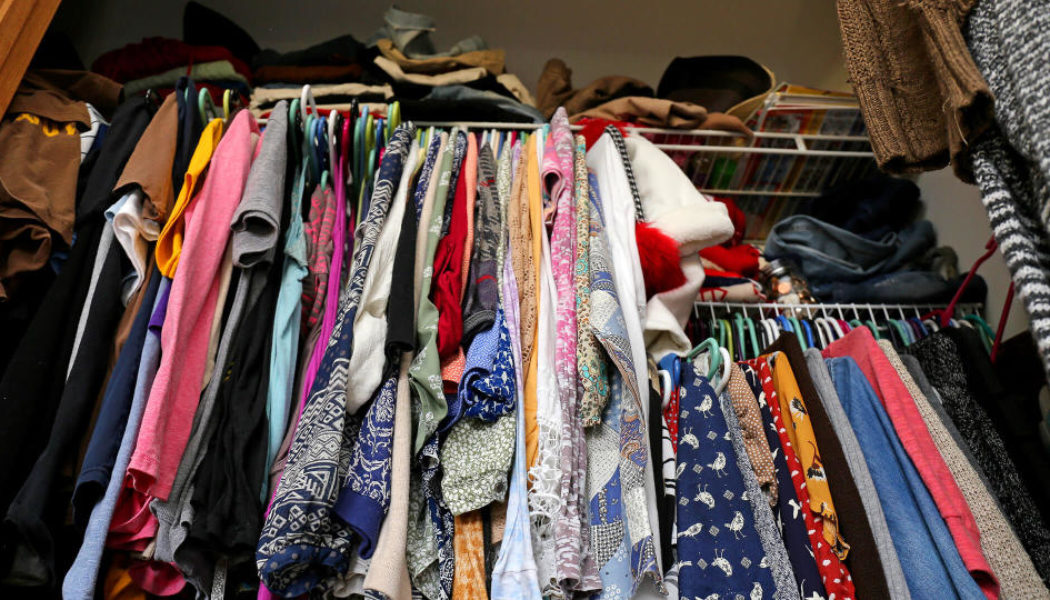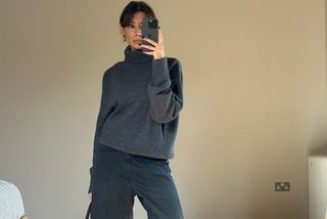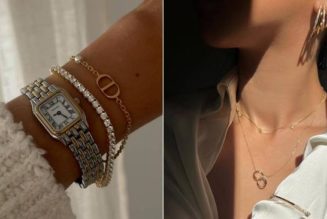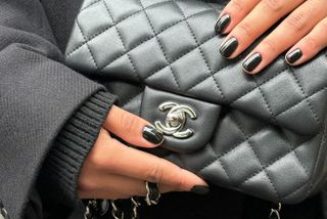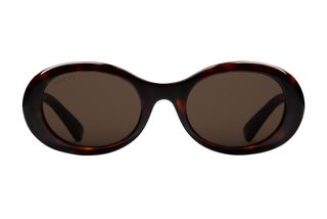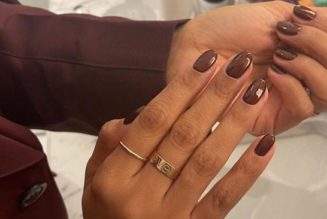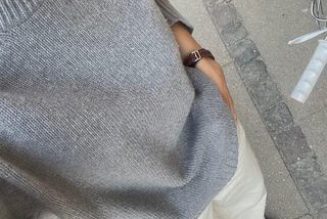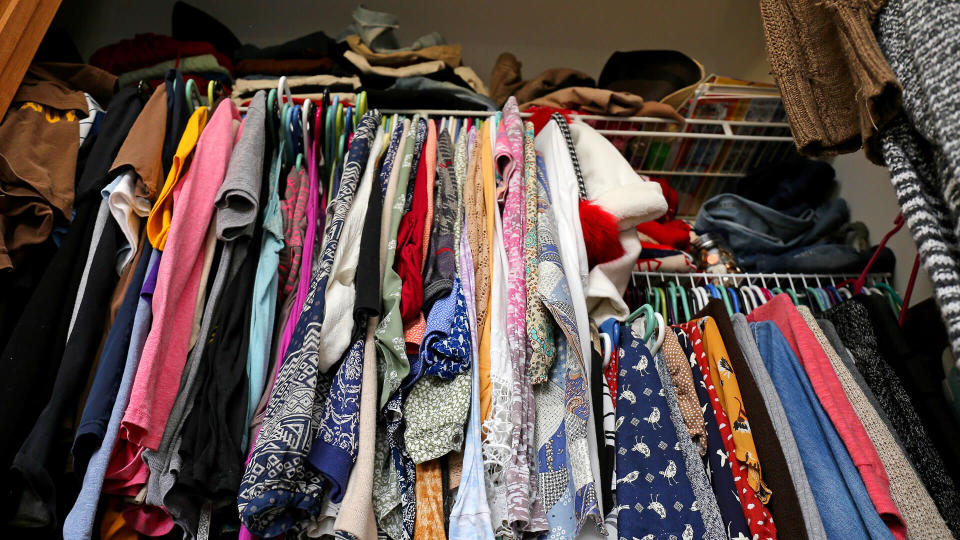
Calling all fashion lovers! Are you looking for a way to transform your passion for designer luxury clothes into a profitable side hustle? Reselling on platforms such as Poshmark, RealReal, ThredUP, eBay and more is the way to go. To get started, you can scour thrift stores, garage sales and even consider buying designer items wholesale and then listing items on an individual basis.
To learn the insider secrets of reselling designer apparel, GOBankingRates chatted with Yenia Hernández Fonseca, a stylist, luxury fashion expert and contributor to Margo Paige.
Side Gig: Earn Up To $200/Hour With This Easy-To-Start Job, No College Degree Required
Find Out: What To Do If You Owe Back Taxes to the IRS
Quality Assessment
Once you have your luxury items, your first step is to thoroughly inspect garments for any signs of wear. Look for stains, fading from washes and any damages, such as snags or pilling. Figure out what you can fix on your own versus what you cannot.
“High-quality items in excellent condition will fetch better sales prices,” Fonseca said.
‘Get Rich Slow’: Dave Ramsey Offers the Key to Lasting Wealth
Market Research
Not all designer and luxury items are created equal. The onus is on you to deeply understand what consumers are shopping for right now and what styles are selling well at the moment.
“Take your time to research current market trends and understand which designer brands and styles are most in demand,” Fonseca said. “Visit websites, social media and luxury resale platforms for insights.”
Brand Research
You’ll also want to thoroughly research the brands behind the items you’re looking to sell for profit.
“Gather as much information about each garment as you can, especially for runway pieces: name of designer (i.e. Karl Lagerfeld for Chanel), year and season (i.e. Fall 2015 Ready-to-Wear Collection), collection name (i.e. The Brasserie Gabrielle), country of origin and materials,” Fonseca said. “Keep this information to make your listing as complete as possible. If you’re a bit lost, look at the fabric tag for guidance.”
Authenticity Verification
Buyers are very wary of designer knock-offs and dupes, so make sure that you can authenticate designer pieces and communicate the authenticity of your for-sale items to consumers.
“Assure your potential buyers that the clothes you’re selling are genuine,” Fonseca said. “Research reliable authentication details such as logo, stitching, serial/style numbers, etc., which vary by brand. Any authenticity certificates and receipts will help.”
Detailed Descriptions
You need to be fastidious and comprehensive in your item descriptions. The more information you provide, the more seriously potential buyers will take you and your pieces.
“Including the information you’ve put together so far will help you write detailed and accurate product descriptions,” Fonseca said. “Make note of the size, measurements, fabric, condition and any flaws or signs of wear. Transparency, a professional presentation and consistency will build trust with your audience and enhance your credibility.”
High-Quality Photos
Most smartphones have pretty decent cameras nowadays; use them to clearly and thoroughly showcase your items.
“Quality photos of your garments will help you showcase details, labels, logos and any unique features with ease,” Fonseca said. “Clear, well-lit images attract buyers and instill confidence. Additionally, consider hanging your clothes, dressing a mannequin or even yourself or a friend in a couple of shots to highlight the garment’s fall, fit and styling possibilities.”
Pricing Strategy
Brand and market research can help inform your pricing strategy; so can looking at what other sellers are listing similar items for.
“Price your items competitively based on their brand name, condition and current market value,” Fonseca said. “Consider factors like rarity, popularity and the item’s original retail price.”
Choose the Right Platform
Which platform will you sell on? You have a number of options, including Poshmark, Depop, eBay, RealReal and ThredUp. Research all options to assess the best home for your luxury stock.
“Select a suitable platform to sell your items, such as luxury resale websites or specialty consignment stores,” Fonseca said. “Each business has its audience and fee structure, so review their terms and conditions thoroughly to decide which one is the best for you.”
Customer Service
You have to think of reselling luxury items as a business, which means offering quick and nurturing customer service.
“Always prioritize honesty, authenticity and customer satisfaction to build a loyal customer base,” Fonseca said. “Respond to inquiries promptly, address any potential buyer concerns and ensure a smooth processing and handling. Securely ship any items as soon as possible once they’ve sold. Positive experiences lead to repeat business and referrals.”
Have Patience
You may be anxious to flip your Chanel or Versace wares, but be prepared to wait a bit — especially when you’re new to the game of reselling. Not everything sells instantly, no matter how coveted.
“Selling designer luxury clothes for a profit requires patience, dedication and adaptability,” Fonseca said.
Network
You have a lot of competition out there, yes, but try to embrace others in the space and be up for learning from more experienced sellers. You can actually help one another by developing an amicable relationship that values a team-player mentality.
“Networking with other luxury fashion enthusiasts can also help you reach a broader audience and gain potential buyers,” Fonseca said.
More From GOBankingRates
This article originally appeared on GOBankingRates.com: Selling Designer Luxury Clothes for Profit Is Actually Easy — Here’s How
